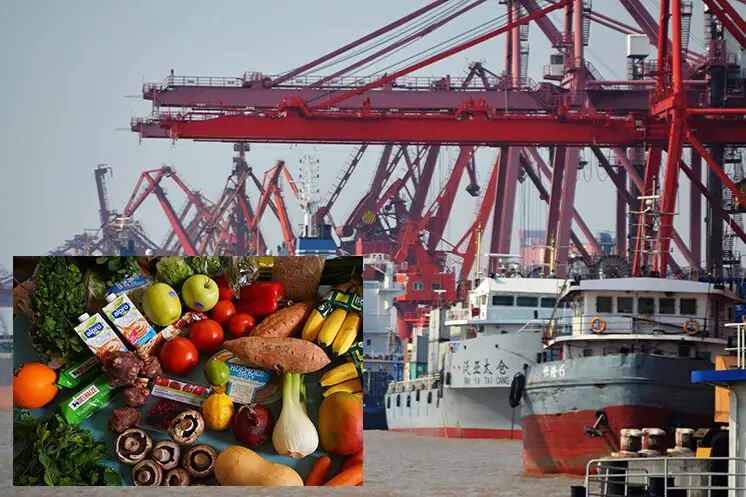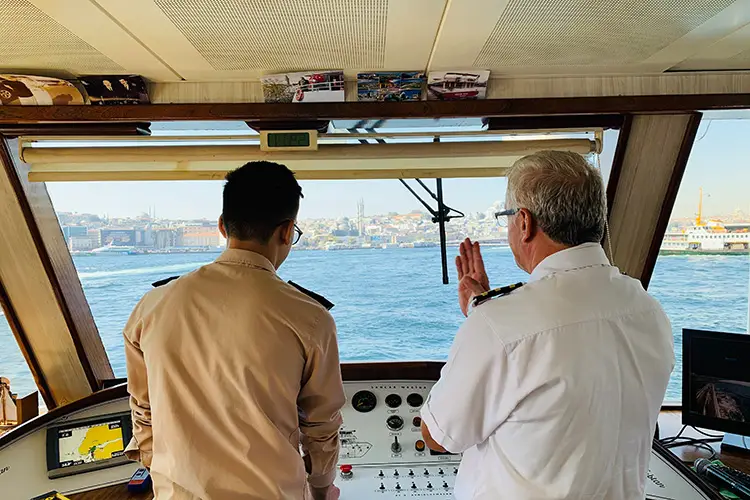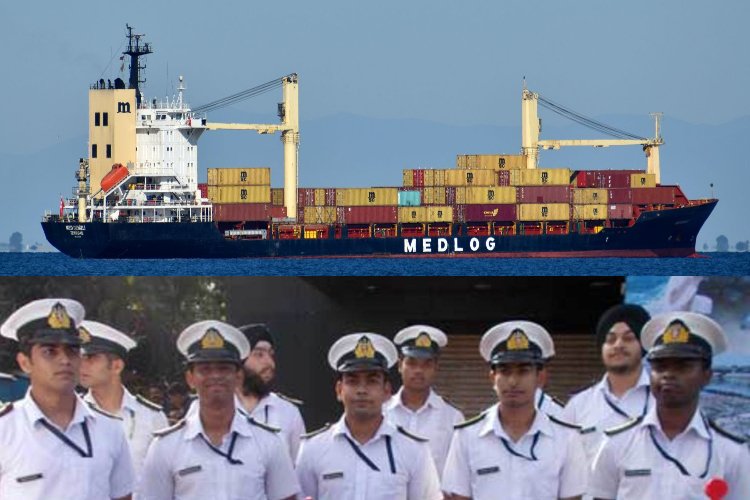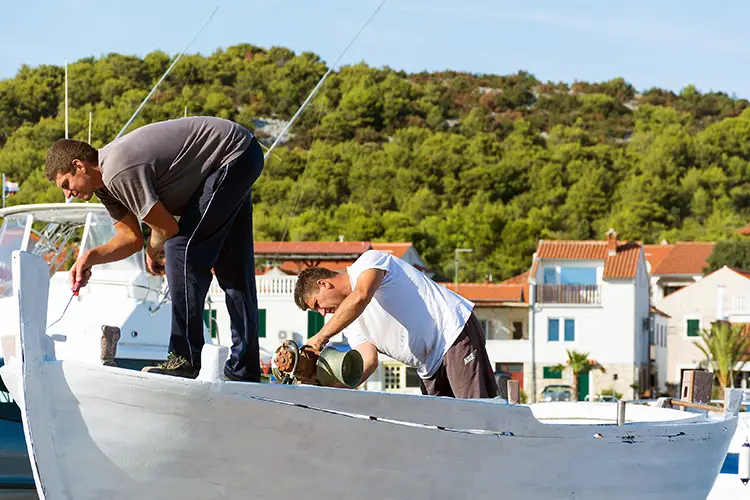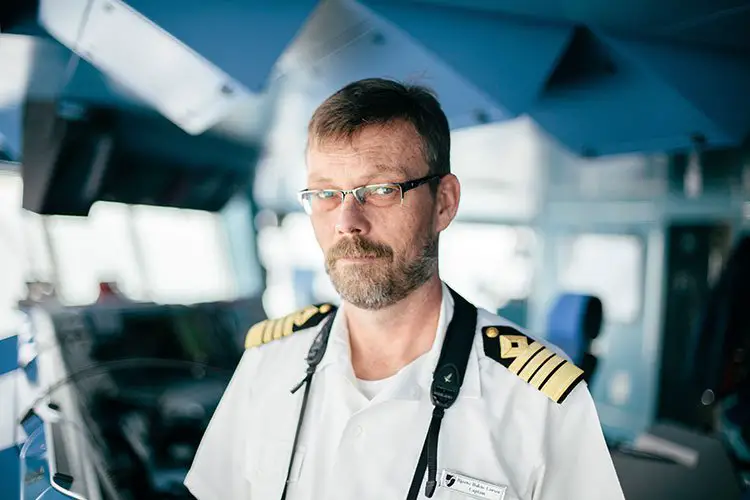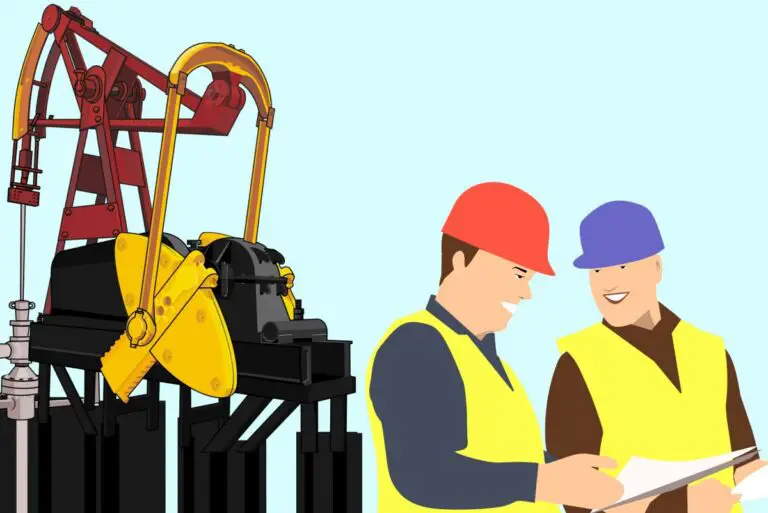4th Engineer On A Ship: Duties & Responsibilities
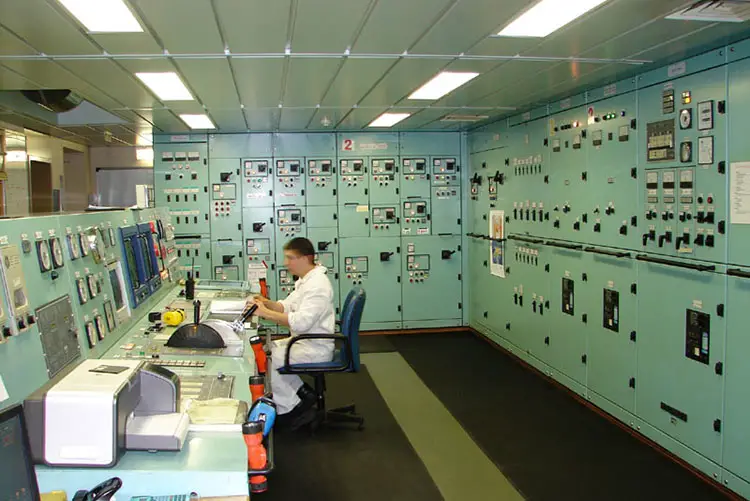
Who is a 4th Engineer?
A 4th Engineer is the rank of an engine officer working as a crucial member of the engine department on a vessel. He is also called a Third Assistant Engineer. A 4th engineer is the officer-in-charge of the engineering watch on board. A Fourth Engineer reports to the 2nd Engineer and also when required to the Chief Engineer Officer.
It is the first step towards a career in sailing. When an engineer is newly recruited into the merchant navy he starts out as a 4th Engineer. He or she is present on all types of Merchant Navy vessels. To become a fourth engineer certain exams and training courses need to be completed.
Also read: A Comprehensive Guide To Merchant Navy Officer Ranks
Duties Of a 4th Engineer
A Fourth engineer is responsible, through the Second Engineer, for the maintenance and repair of any items of machinery or equipment as may be required by the Chief or Second Engineers and for the duties prescribed in STCW 2010 A-III/1.
1) Once the 4th Engineer is on board, his first duty is to familiarize himself with the ship and equipment such as the fire fighting system and fire extinguishers, emergency escape routes, EEBD (Emergency Escape Breathing Devices), life jackets, and the locations of other important places on the ship.
2) Watch Keeping Duties: A Fourth engineer also maintains a single watch with the help of his assistant watchkeeper both in Unattended Machinery Spaces (UMS) and manned engine room. He should comply with the HOTO (HandOver-TakeOver) checklist and requirement while exchanging shifts.
A 4th engineer also has to keep the engine room watch in port during loading and unloading.
3) Comply with PMS: Planned maintenance system (PMS) is very crucial for the safety and reliability of all systems in a ship. A fourth engineer has to follow the schedule mentioned in the ship’s PMS as per the 2n Engineer officer’s directions. Air compressors, purifiers, auxiliary generators, a.c. plant, emergency fire pump, valves, and all portable fire safety equipment has to be maintained and repaired.
All records have to be maintained for repairs, maintenance, and inventory of stores and spares of all machinery and equipment by the 4th Engineer diligently.
4) Bunkering: The fourth engineer assists the Chief Engineer Officer during bunkering operations. He is involved in the bunkering plan, bunkering meeting, and pre-bunker preparation activities.
Before commencing the bunkering, he should keep handy the SOPEP (The Shipboard Oil Pollution Emergency Plan) and bunker-related equipment such as the sampling container, sample flanges, sample bottles, seals, etc. He is also in charge of keeping the bunker sample locker arranged.
5) Follow the Master’s Standing order and night order: A 4th Engineer must abide by the standing orders of the Chief Engineer. He should also comply with the orders for the night for the officer of the deck given for the rest period of the Chief engineer.
6) Inventory Management: A fourth engineer has to assist the 2nd Engineer officer in maintaining inventory and location of pump spares and tools.
7) The fourth engineer also has to carry out emergency duties when required as per the Shipboard Emergency Plan and as directed by command and control.
8) On tankers and gas carriers, a 4th engineer’s responsibilities become even more crucial as he has to monitor pumping machinery while in use.
9) Safety: Toolbox meetings: A 4th Engineer has to always follow toolbox meetings where all safety-related aspects are discussed with the team. A toolbox meeting assesses all the risks involved and also the duties, roles, and responsibilities. he has to ensure compliance with the company’s documented safety and security procedures.
10) A 4th engineer also has to prepare handing over notes along with a report while signing off the vessel.
11) Reporting: The 4th Engineer has to identify and report non-conformities and near misses/hazardous occurrences, and unsafe conditions as per procedures defined within the ship’s Safety Management System (SMS).
12) He is also responsible for protecting his ship’s property against any loss or damage. He also has to keep an eye on and stop any wasteful practices by the Engine control room team.

